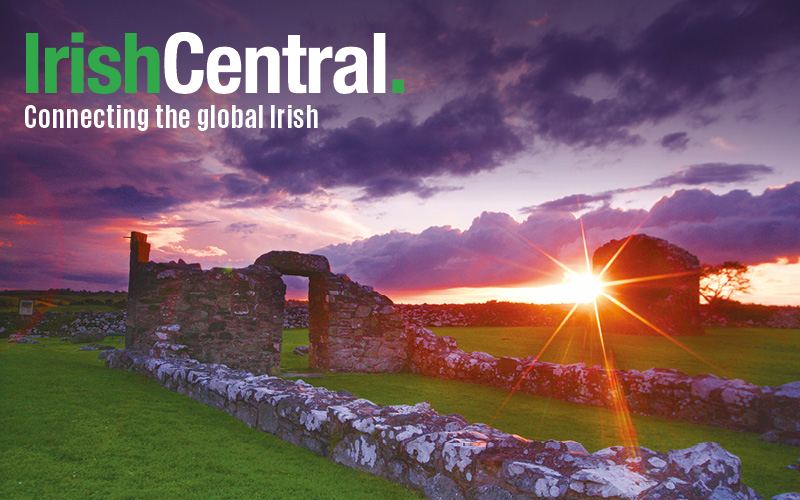FROM the moment that he first set eyes on Ireland, artist John Kingerlee, 71, determined that it would become his home. The British-born artist first took a tour of Dingle Peninsula in Co. Kerry in 1981 and was immediately struck by the geological grandeur of the place, by the rocks and the sky, and he vowed to return as soon as possible.
A year after his first visit he moved with his wife to the wild and remote landscape of the Beara Peninsula in West Cork, where the windblown landscape, the sky and water had a deep and enduring effect on his work.
Meanwhile, collections of Kingerlee's paintings are selling out in exhibitions in Dublin, Belfast, New York and London. This month his recent works were shown in New York, and a full exhibition of his paintings will shortly begin a three year U.S. tour, taking in stops at Dallas, Louisville, Albany and many other cities across the nation.
For decades now Kingerlee's work has been associated first and foremost with Ireland, but his work has a growing international stature. Painting in a number of modes, including figurative works, landscapes, and grids, his art nonetheless exhibits a surprising degree of common feeling.
Collages brim with vivid tableaus of a life - one richly lived and re-imagined - and they become moving and endlessly echoing portraits of the past and the present.
But it's Kingerlee's landscapes - usually Irish ones - that dazzle and amaze. Painted in oil, and often taking years to complete, they are simultaneously abstract and open to multiple interpretations.
Kingerlee isn't precious about what they "mean" or how they should be interpreted and he plainly says so. "You can see them as you wish," he says.
Drawing is also an essential part of his developing work. Sometimes its automatic, and sometimes he admits that thought can be required.
"If you work, work, work, your normal consciousness disappears and it is almost like another person, and I like to think a more creative person, who is working using intuition to a much greater degree, arrives," he says.
In the process of working, sometimes you can get it wrong and then another thing happens and that thing can be good too, he admits. Kingerlee loves to work with chance, cutting down on conscious choice, letting things arrive at where they wish to arrive - and keeping himself out of it as much as possible by not making conscious choices.
It's that spiritual approach that makes sense of his decades-long interest in Sufism, a mystical branch of the Islamic faith, to which he converted in 1988. The chief aim of all Sufis is to let go of all notions of duality, including a conception of an individual self, and to realize the Divine unity. There's no question that his faith tradition is a catalyst and exemplar of his art.
"When I'm painting, I forget all about myself, I get lost. It's like a meditation, and to forget oneself is wonderful. To see anything is a miracle. Just to be here is a miracle. I'd like to communicate that to people," he says.
Since 2000 there's been a huge upsurge of interest in Kingerlee's work, and a new Irish television documentary on his life will air on RTE next year. But it's the solitude of Ireland, his adopted homeland and the remote Beara region - the westernmost point in Europe - which he returns to again and again.
It's an appropriate setting for an artist who has lived most of his life on the edges and margin of things. Spending five months of the year in Spain and Morocco, he always returns, like a latter day Oisin, to the Irish landscape and the people that have sustained his art for decades.
To learn more about the forthcoming US exhibition and tour of Kingerlee's work visit www.kingerlee.com.




Comments